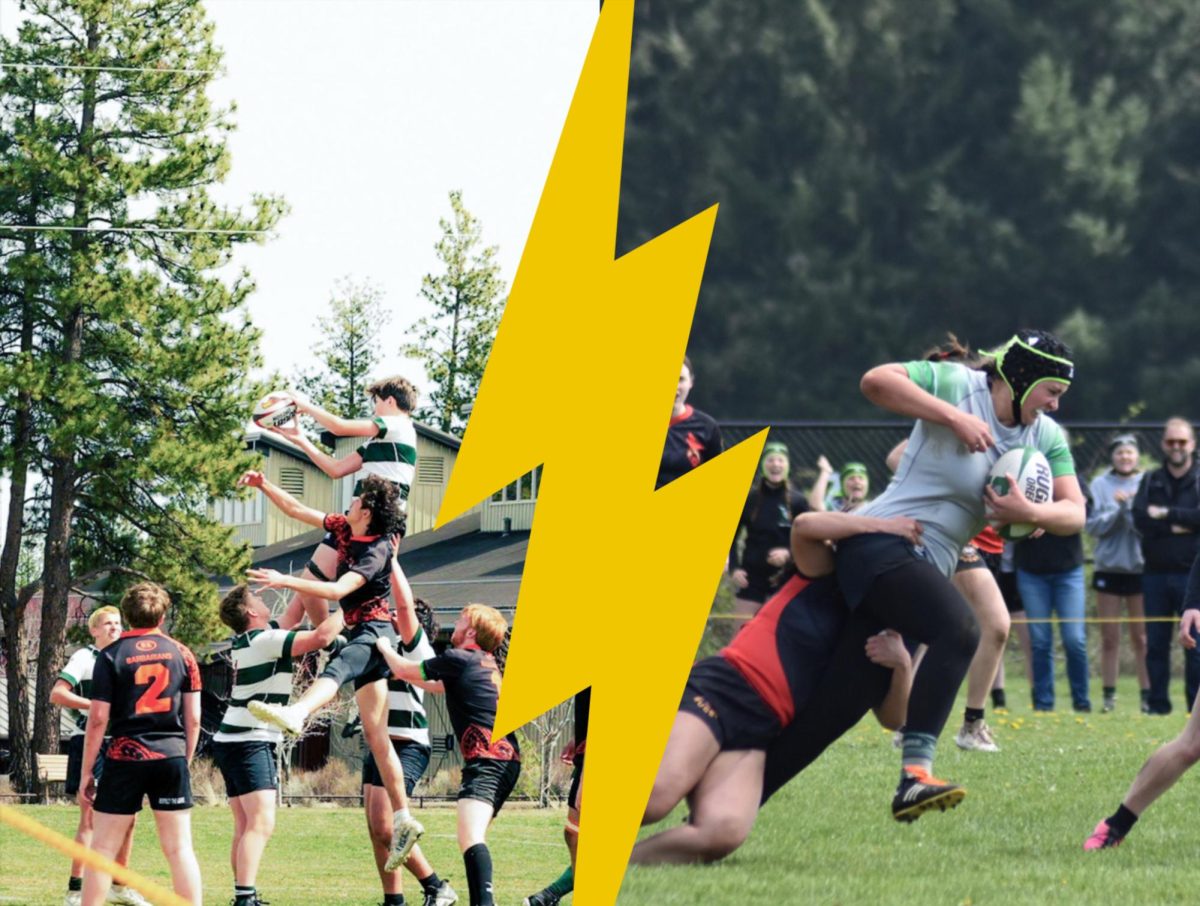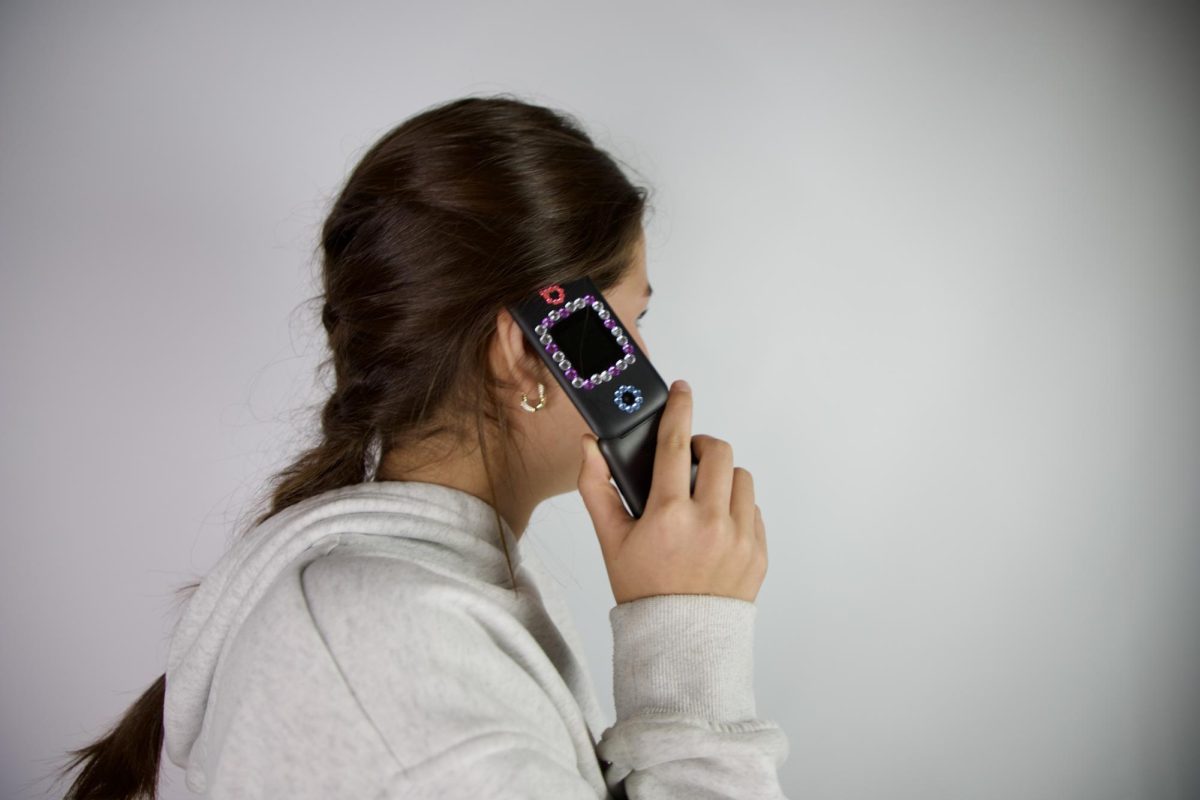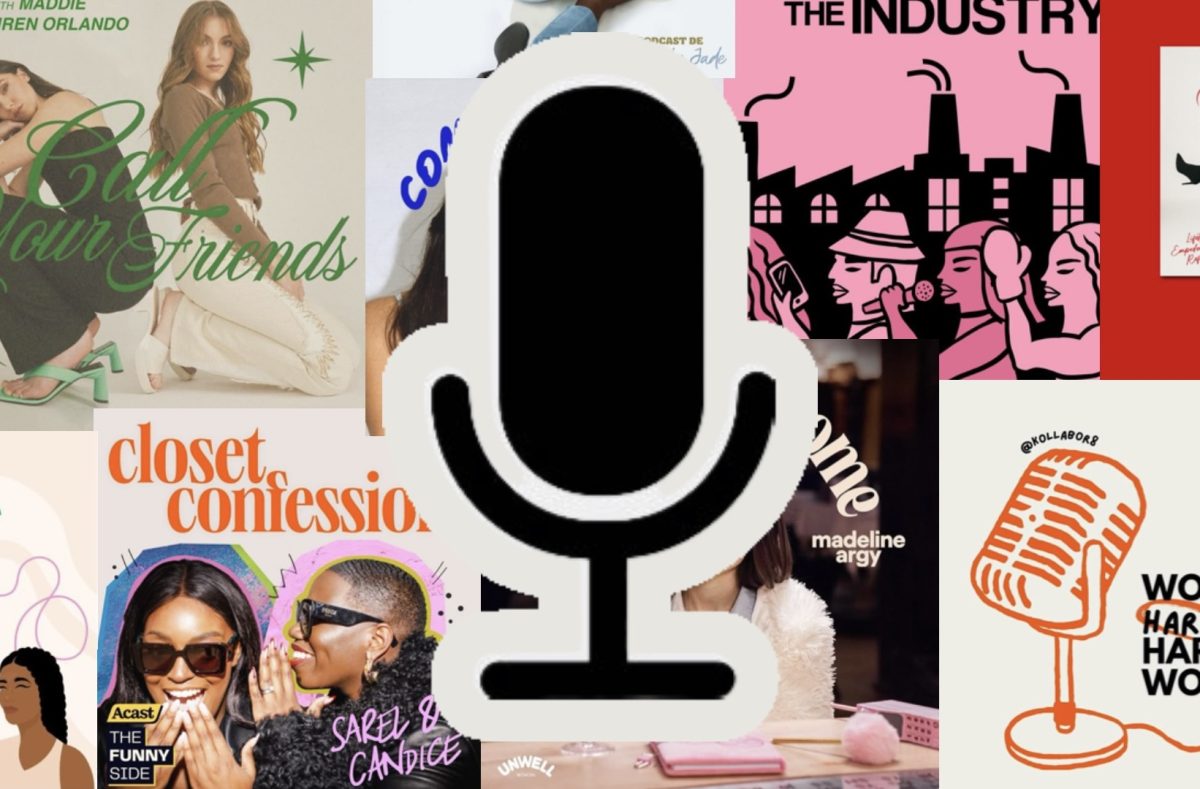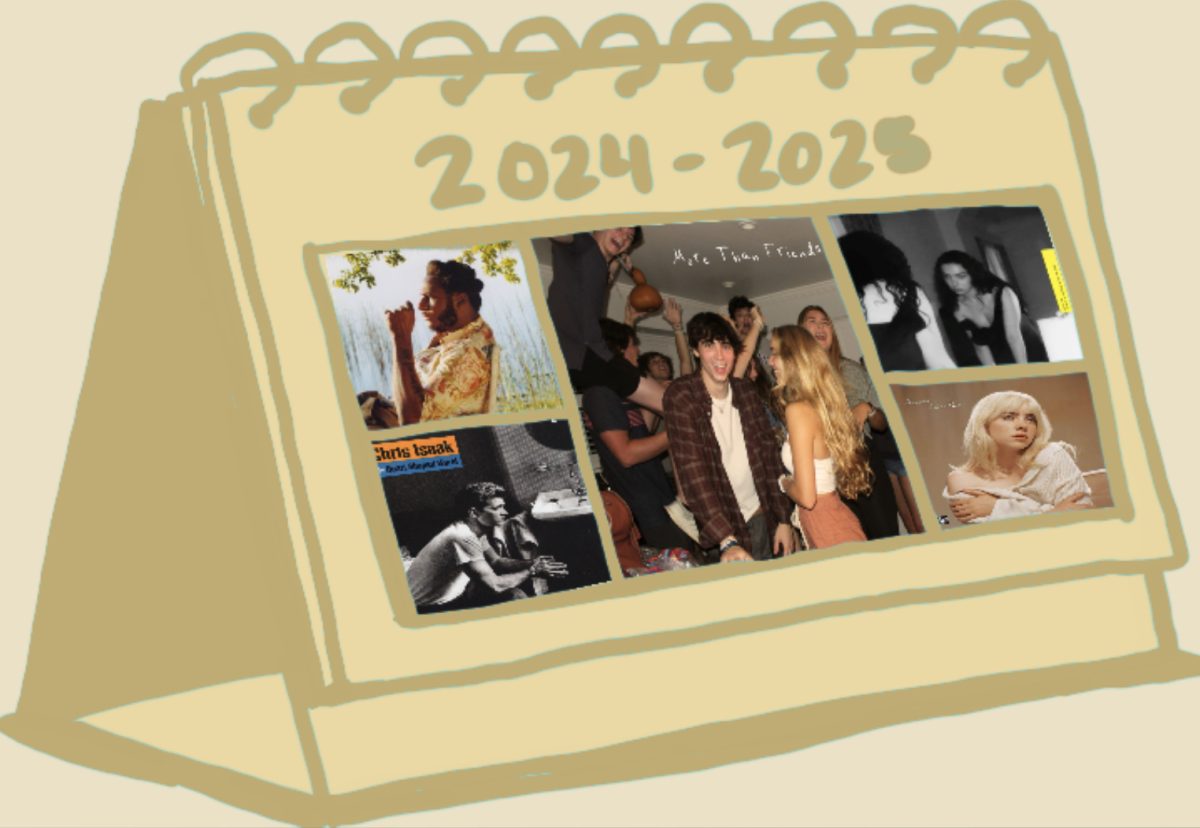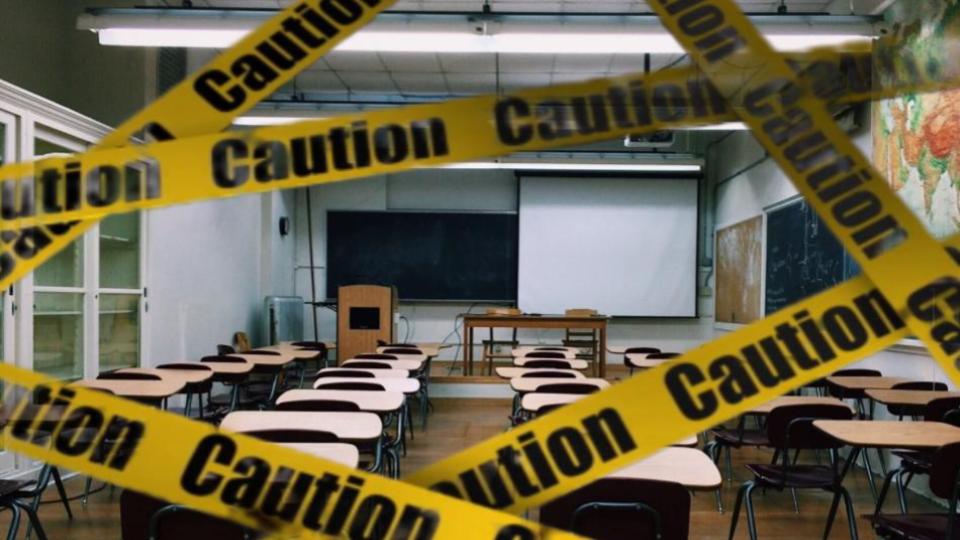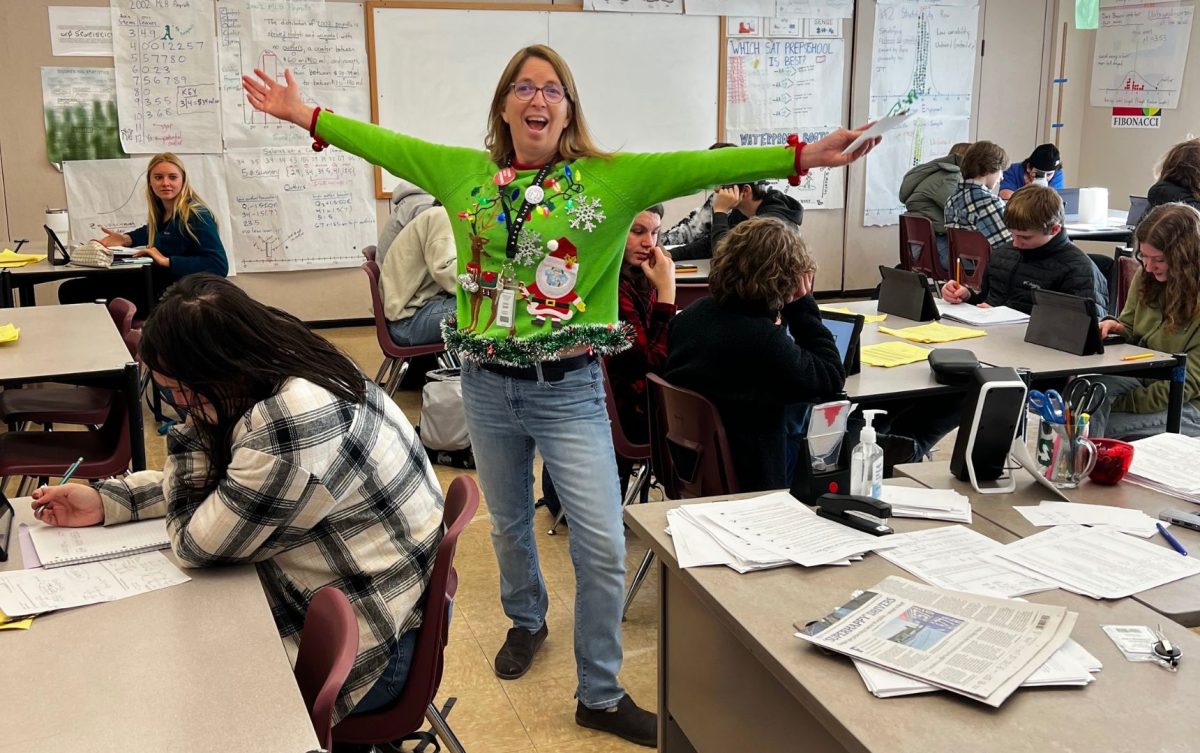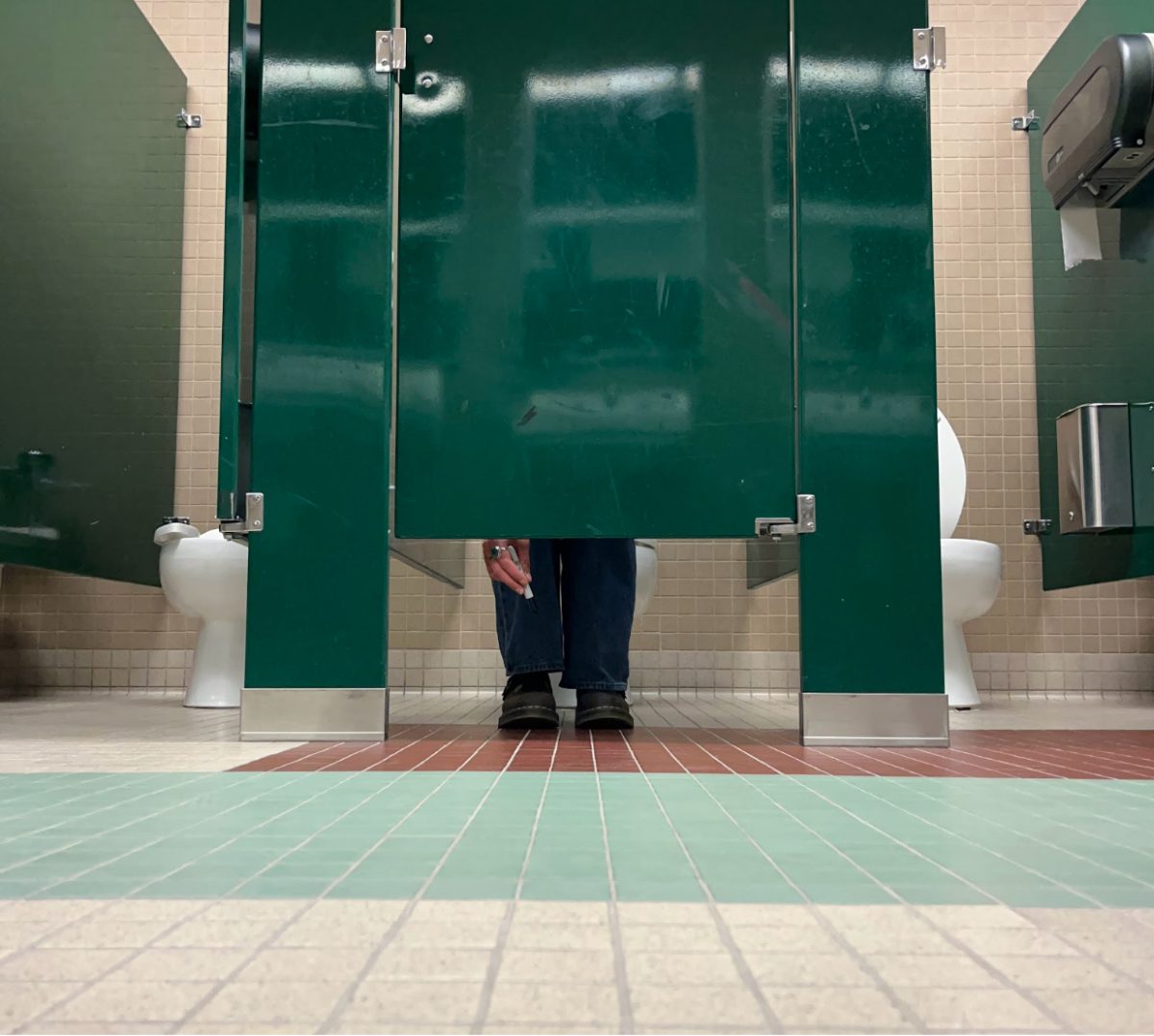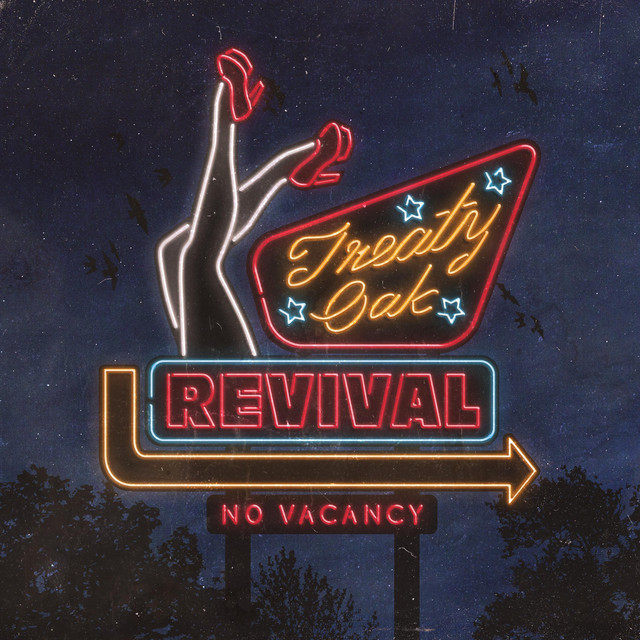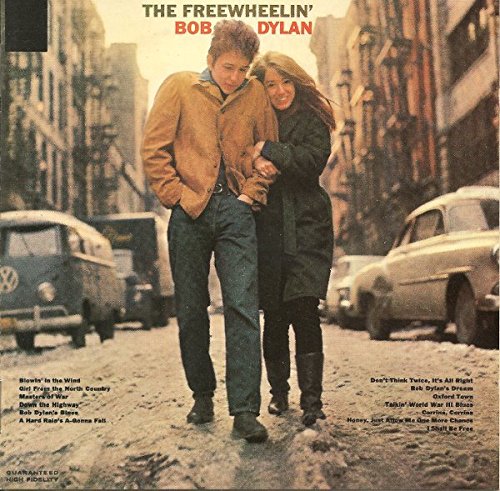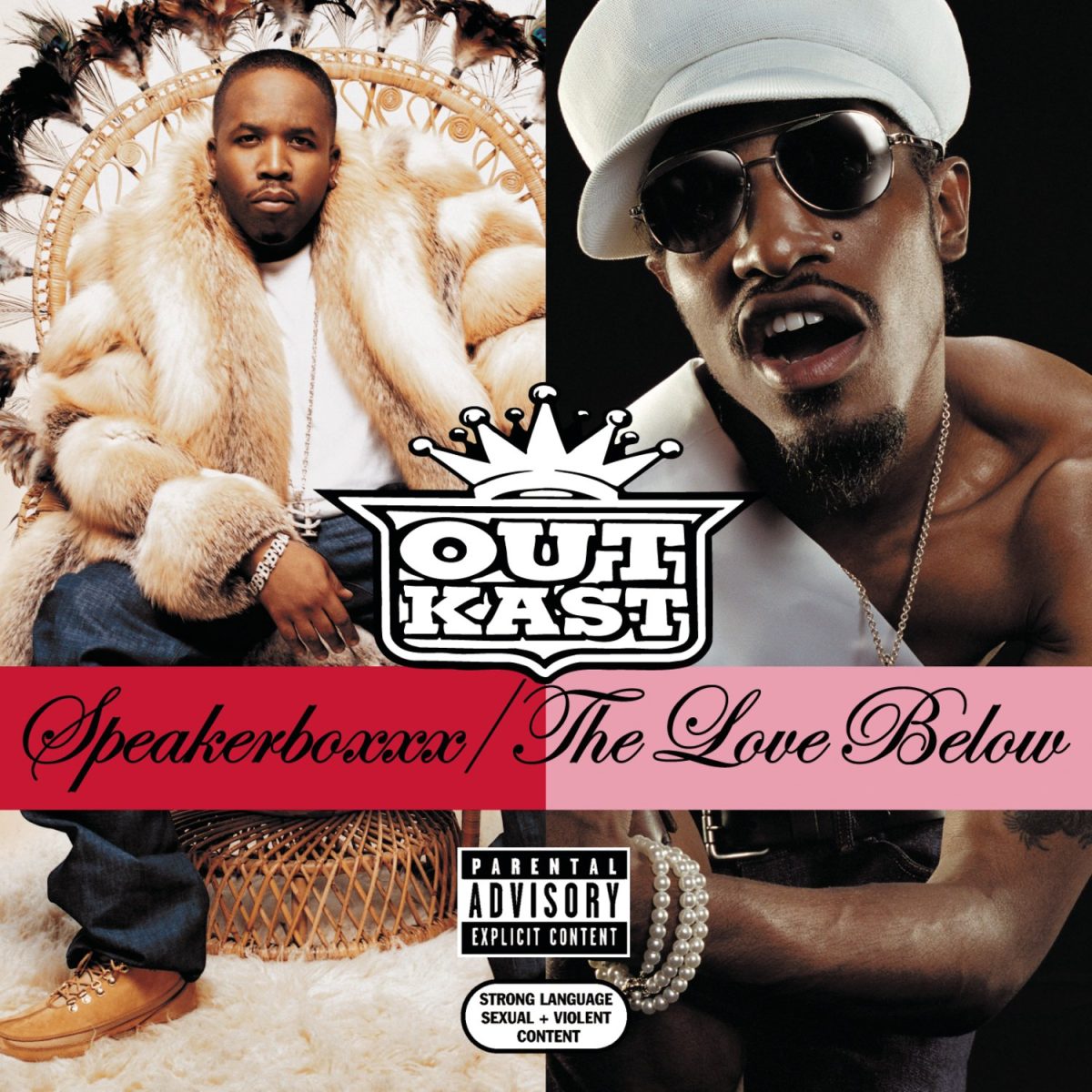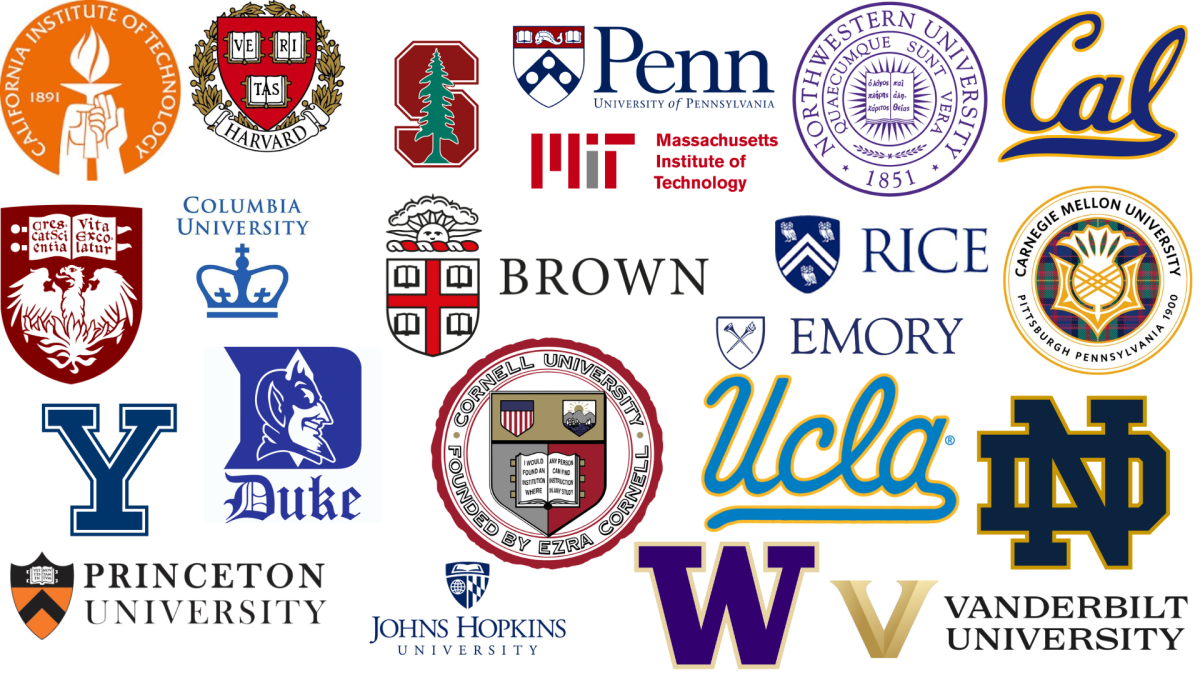For seniors, March marks the month of college decisions. Most of the institutions across the nation that use Regular Decision (RD) plans notify applicants by April 1, making the preceding month a flurry of acceptances, waitlist offers and rejection notices. It’s characterized by countless emails with subject lines that read “an update has been posted to your account” and loaded admission packets waiting to greet the lucky accepted students in their mailbox. Arguably, it’s one of the most important months of a student’s high school career.
Every year, a few weeks after the last decisions are sent out to students, schools release that year’s acceptance rates and statistics. In keeping with the post-pandemic trend, prospective students across the country were expecting colleges to accept more applicants than the year before. This made many admissions into the class of 2028 a “given” for seniors.
So it came as a hefty surprise when come March, large numbers of applicants across the country began getting rejected like never before. Many acceptance rates were reduced drastically or even cut in half. The average American college only accepts 67 percent of its applicants in recent years.
“Last year had record acceptance rates. [Schools] kept their pattern after COVID, but they’ve hit this apex,” said Jeff Rankin, Summit’s Future Center Director, who has also noticed the shocking drop in acceptance rates.
Rankin attributes the major shift to the fact that many schools across the nation over-accepted applicants throughout the past three years, leading them to reach their yield amounts.
“During COVID, there was a tremendous fear of a major drop in student applications,” Rankin said. “So, schools, in general, eased their acceptance rates. What that resulted in was quite a few acceptances and some of the largest freshman classes, over the last two years, that some of these schools have ever had. The flip side of that is that it is a school’s logistical ability to handle that.”
Rankin explained that, due to housing constraints, schools have had to minimize their acceptances to compensate for the COVID-19 admission spikes.
“You can accept as many freshmen as you want to accept. But almost all colleges mandate that freshmen are going to spend their first year on campus, in a dorm.”
The increase in selectivity wasn’t just for the ultra-selective Ivy-League adjacent schools, either. Schools such as the University of Washington (UW) have become far more selective this year, leaving students at a loss. It’s especially frustrating for west-coast seniors, who don’t want to travel across the country for college yet also aspire to attend a good school.
Charlotte Lowery-North, one such senior, was dumbfounded when she opened her UW decision letter. Lowery-North’s high GPA, combined with strong extracurriculars and personal statements, left her feeling sure that she would get accepted.
“I was surprised to have gotten rejected from [the University of Washington.] It was a target [school] for me,” said Lowery-North. “I honestly felt humbled by getting rejected from a school I thought I’d get into, and I felt [like] the hard work I’d put in throughout high school [wasn’t worth it].”
Similarly, senior Audrey Marx also observed classmates who were shocked by their state school acceptances.
“I heard of this happening a lot with [the] University of Washington and I know several very qualified applicants who should have gotten in, since the reported acceptance rate for past years is around 45 to 50 percent for out-of-state students, but didn’t due to the new lowered acceptance rates.”
Marx, too, experienced confusion upon getting waitlisted from one of her safety schools while also being accepted to a very selective reach school. The combination of both decisions left Marx feeling unsure of her collegiate future.
“I ended up getting into a reach school that I was ‘supposed to’ only have a 24 percent chance of getting into, and getting waitlisted from a ‘safety’ school I was “supposed to” have a 97 percent chance of getting into,” said Marx. Marx and Lowery-North are just two of the many seniors grappling with unexpected acceptances for the Class of 2028.
Several different factors are causing this year’s acceptance rate confusion. The one thing they all have in common? Lasting impacts from the COVID-19 pandemic.
Prior to 2020, most universities required prospective students to submit their SAT or ACT scores to be considered for admission. Once the pandemic hit, however, many students were barred from taking the test due to lockdown restrictions. To alleviate any uncertainty this might cause with admissions, large numbers of schools began to switch their policies to test-optional or even test-blind, so that standardized exam scores no longer hold the role they once did.
In fact, only 50 percent of college applicants this year submitted scores along with their applications. That’s a major drop from the 80 percent who included test scores in 2020. Along with a reduction in score submissions, schools have also begun to value traditional criteria such as GPAs and teacher recommendations less. Doing so places far more pressure on students to impress solely on a brief personal statement, which cannot always act as an accurate representation of a person. For example, those who aren’t the strongest writers but perform very well in STEM subjects and standardized exams might not appear as qualified as some applicants with lower scores who happen to write a good essay.
“Schools have lowered their acceptance rates so drastically because there are fewer measures of what makes a “good” student since certain criteria are being taken away, like no letters of [recommendation] for [California state] schools and no SAT scores,” commented Lowery-North. “So, [schools] have to be really selective based on small amounts of information.”
Another reason for the decrease in acceptances can be attributed to the fact that more applications are coming in than ever before. Total application volume has grown by 67 percent since the 2019-2020 application cycle. It isn’t because there are more seniors in general, though; students are simply applying to more schools each. In 2024, the average student applied to 6 schools, a new high. Common App, the nation’s leading college application service, stated that the number of students applying to more than 10 colleges increased from 8 percent to 17 percent between 2014 and 2023.
Yale University, for example, saw an all-time record number of applications for the Class of 2028, peaking at 57,000. To compensate for this inflation, the school had to lower its acceptance rate from 4.5 percent to 3.7 percent.
“I’ve heard a lot of people who have gotten waitlisted or rejected from their safeties and targets. I think it’s becoming more common because, with the increased number of applicants and lower acceptance rates, colleges simply can’t accept everyone,” Marx said. “While I can kind of see how it happens from a numbers standpoint, I still think this is extremely unfair since students are just as qualified, but they’re less likely to get in now than they would have been a few years ago.”
So, what should students applying to the Class of 2029 expect in their admissions cycle? If trends from this year continue into the next, it’s likely that admissions will only become more competitive. Although coping with the lessening acceptance rates is less than ideal, it’s looking to become the new normal. The best thing is to put maximum effort into applications and know that, if the result isn’t what a student intended for, they aren’t the only one who is having to deal with institutions’ shifting expectations.








